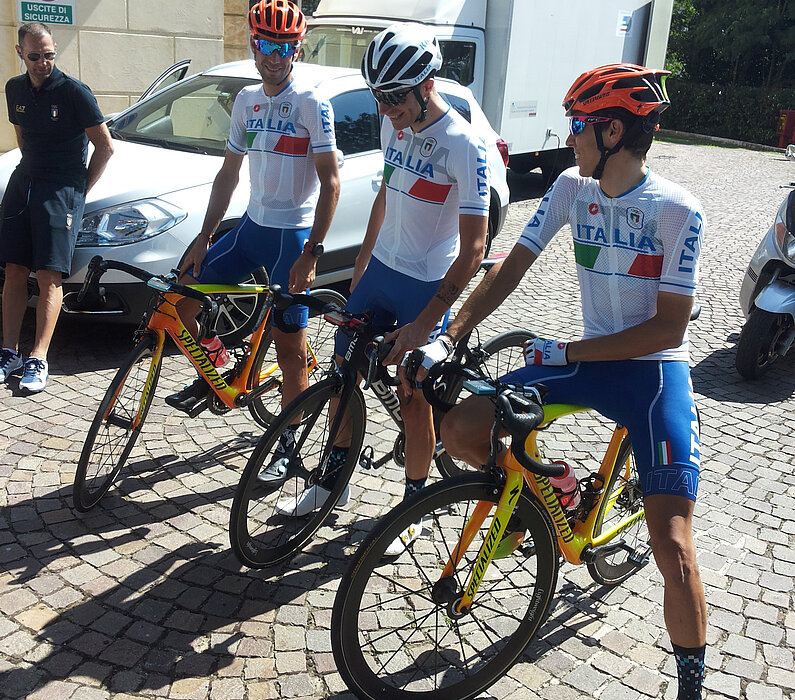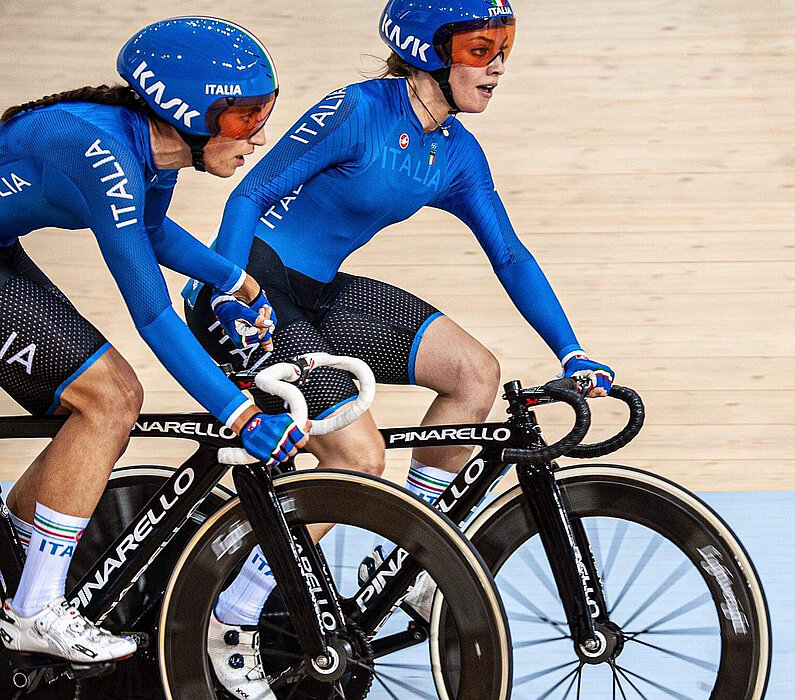Occasionally, however, this unofficial competition produces an unexpected winner—a champion that never sought the limelight, yeah nevertheless found its way at the center of its glare. This was the case for Lightweight, whose founders, Rudolf Dierl and Heinz Obermayer, never actively pursued World Champion status, earning it instead through the irresistible allure of pure performance.
“Athletes in the 90s shone a light on an inaccessible carbon wheel. It was a mysterious object, with no information about its provenance.” – Giovanni Mastrosimone, Bike Passion GMBH
As previously detailed in our interview with Heinz Obermayer, the sudden appearance of Lightweight wheels on the World Tour stage came as a surprise to the individuals inside the young company. The year was 1996 and the rider was Bjarne Riis. Atop a set of Lightweight wheels, the Danish rider pedaled into the Yellow Jersey—and the history books—setting in motion a tradition of Grand Tour victory for Lightweight.
But Riis’ win wasn’t the only major milestone for Lightweight that year. A few months later, a different athlete would earn the wheels their first World Championship status. Set in Lugano, Switzerland in October of ’96, the Road World Championships tested riders, lap after lap, on a challenging 17km circuit. After the excitement settled following 252km of fast-paced racing, it was Belgian rider Johan Museeuw who stood on the podium’s top step dressed in the multi-color stripes of a World Champion. And he did so with Lightweight.
Besides sharing major individual victories and a matching wheelset, Riis and Museeuw also had another thing in common: they’d both seemingly gone out of their way to ride Lightweights. After all, there was no sponsorship program back in those days, no active push to get the pros on the product—just two men tinkering in a workshop with a consumer-grade oven and big ideas about how to make better carbon wheels.
“In the beginning it wasn't the teams that had access to Lightweight wheels, but the individual athletes. They bought the wheels themselves after Bjarne Riis and Jan Ullrich had charted the way.” – Giovanni Mastrosimone, Bike Passion GMBH
Exactly how Bjarne, Johan, or Jan—who won the Tour de France the following year aboard a set of Dierl’s and Obermayer’s wheels—found out about the revolutionary performance of Lightweight is still a bit of a mystery, but one thing is certain, the newly earned World Championship title played its part in boosting the company’s profile. Of course, back-to-back TDF victories didn’t hurt, either.
“The brand perception was raised with every professional rider seen on the wheels. It was very hard to get the wheels and people knew everybody had to buy them [themselves]. This meant a lot during times where the teams were already fully sponsored.” – Matthias Wissler, Lightweight Sales Manager
From individual riders to teams, Lightweight’s popularity grew, yet the system remained the same: if you want the wheels, you’ve got to buy them. After all, the more time the Lightweight team had to spend on securing sponsorships, the less time they had to build and perfect their true passion.



